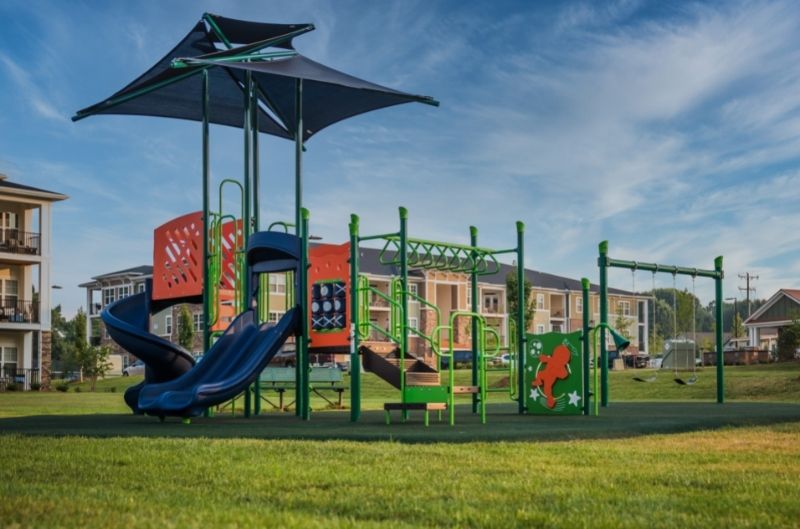
Five Tips To Prepare Your Playground For Winter Season
|
|
Author: Austin Stanfel
Winter is a great time to start thinking about the approaching growth period. Isn’t it always harder to work outside in extreme winter? Yes, there will be days when working outside is impossible due to sub-zero weather, ice, or snow.
Most individuals spend more time indoors throughout the winter because of ice walkways, cold weather, and shorter days, but we can manage the stress of working during the winters by planning ahead of time. If you manage a commercial playground, you should start winterizing your landscape in the fall.
The urban outdoors is a lot different than it once was, and you’ll need to take extra care to keep your kids secure when they’re swinging and sliding. You’ll also have to deal with the problem of keeping the play area clean during the winter. So, take advantage of the weather and follow these five simple measures to prepare your playground for the winter.
Shelter For Your Playground
As previously stated, cold weather has a much more significant impact on children as adults. When the temperature drops below zero, children’s playgrounds become less appealing, and they may refuse to go outside. To avoid this issue, playground shelters can be a great way to keep the kids warm and comfortable.
Children will have a safe place to go during the cold weather by putting shelter on the playground. They’ll feel a lot more relaxed and at ease now that they have a place to warm up and hide from the cold for a while.
Seasonal Items Should Be Removed
Some playground equipment is susceptible to weather conditions such as rain and snow accumulation. To conserve such goods and secure your investment, it is usually a good idea to store them until spring, when it is safe to bring them out.
If you can’t bring them inside, try using unique covers to endure high winds and snow accumulation. The process of relocating potentially hazardous playground equipment to more secure areas must begin as soon as possible.
Examine the Surfacing for Safety
The majority of playground injuries occur when a youngster falls off the equipment. This is why safety surfacing is so essential. It improves the appearance of a park and minimizes the severity of injuries caused by falls.
Under swings and at slide runouts, loose-fill fall surfacing is easily dislodged. These regions require regular raking. If your playground has a rubber safety surface, keep an eye out for any cracks or holes that the snow and ice exacerbate. If you detect any gaps, fill them before the winter arrives.
Snow Should Be Kept Off The Equipment
Keeping snow off the playground equipment as much as possible is one of the most important things you can do throughout the winter. Consider using a de-icer or physically removing the snow to avoid ice buildup.
If you must use machines or chemical agents to remove the snow, make sure to verify the manufacturer’s specifications for the flooring to avoid causing harm. Snow accumulation is usually a unique difficulty and a potential safety issue. Snow is not regarded as a safe or protective playground surface cover, no of how deep it is.
Consider The Effects Of Ice And Snow
During the winter, commercial playgrounds may or may not be used. However, ice and snow should be removed from play equipment when possible. People will continue to use the equipment throughout the winter, particularly on milder days.
With this in mind, devise a strategy for keeping your park safe during ice and snowstorms. Because ice and snow may make playgrounds incredibly slick, they must be removed soon as possible.


